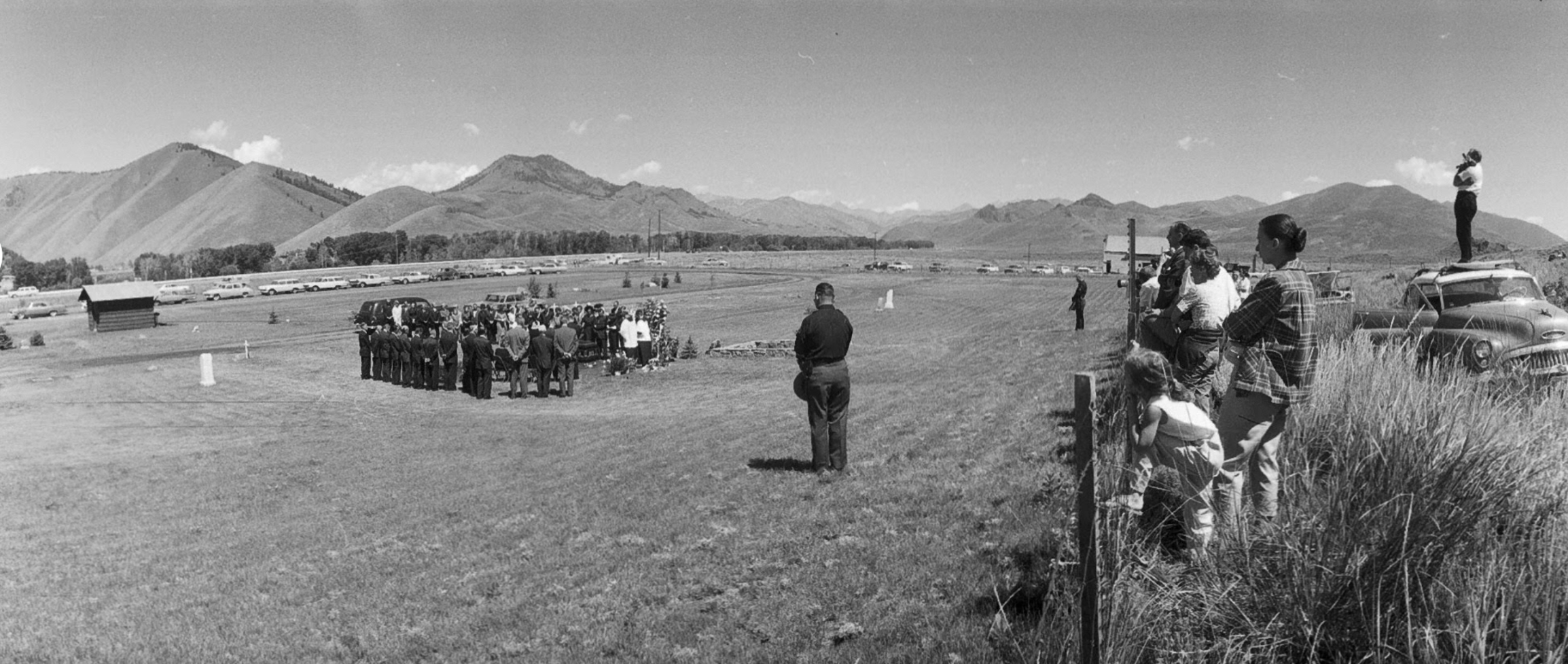 THE LAST YEARS of Ernest Hemingway and his tragic death have left many questions and secrets. Even today, it is not completely clear what the writer was sick with. We decided to publish some rare pictures of the death ceremony of Ernest Hemingway and some facts about his last days.
THE LAST YEARS of Ernest Hemingway and his tragic death have left many questions and secrets. Even today, it is not completely clear what the writer was sick with. We decided to publish some rare pictures of the death ceremony of Ernest Hemingway and some facts about his last days.
The last days of the colorful life
Ernest Hemingway has seen a lot of things in his life. He knew everything literally: WWI injuries, dramas, civil war, travel, world recognition, car races, lion hunts, women, bullfights, alcohol. Lots of alcohol. Many people won’t experience even a small part of what Hemingway passed through.
The last years of the writer’s life were hard for him. It was so hard that his last life, Mary, even said that ‘Ernest Hemingway was waiting for his death.’ The bright mind of this active and lively person was poisoned by depression. He could no longer work as much as he was used to. The love of alcohol was also not in vain – numerous diseases tormented the writer. Hemingway suffered from paranoia – he thought that the government was spying him. The electroshock treatment only exacerbated the problem, and he began to lose his memory. It was the most valuable treasure, as Hemingway used to say. Only in the 80s of the last century, the FBI declassified the writer’s case, which confirmed his agents’ pursuit.
Read more: Ernest Hemingway and His Cats (9 rare pictures)
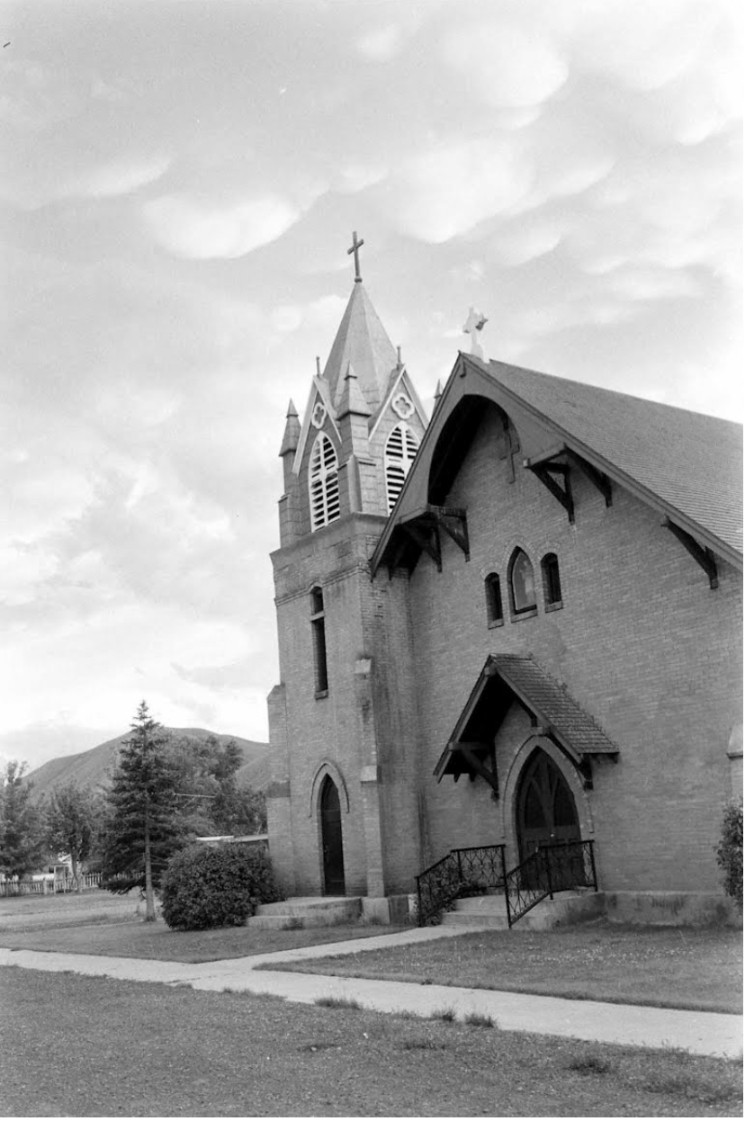
A church where the Ernest Hemingway death ceremony was held
Father’s curse
“A real man cannot die in bed. He must either die in battle or put a bullet in the forehead.” That’s what Ernest Hemingway used to say about death. Who could know that it will become a prophecy?
It was the early morning of July 1961. Hemingway went out onto the veranda of his house, rested his chin on the barrel, and fired a bullet from his favorite gun. Tourists still come to the house where Hemingway died in Ketchum, Idaho.
Many biographers make the most mystical assumptions about the reasons for that fateful act. The version that Hemingway died of “inheritance” is especially popular. The writer’s father died similarly, having shot himself with a gun. Father’s death was a real shock for young Ernest Hemingway; he could not forgive his dad’s weakness. As if a terrible curse haunts the Hemingway family, and after his death, his younger brother and the writer’s granddaughter committed suicide.
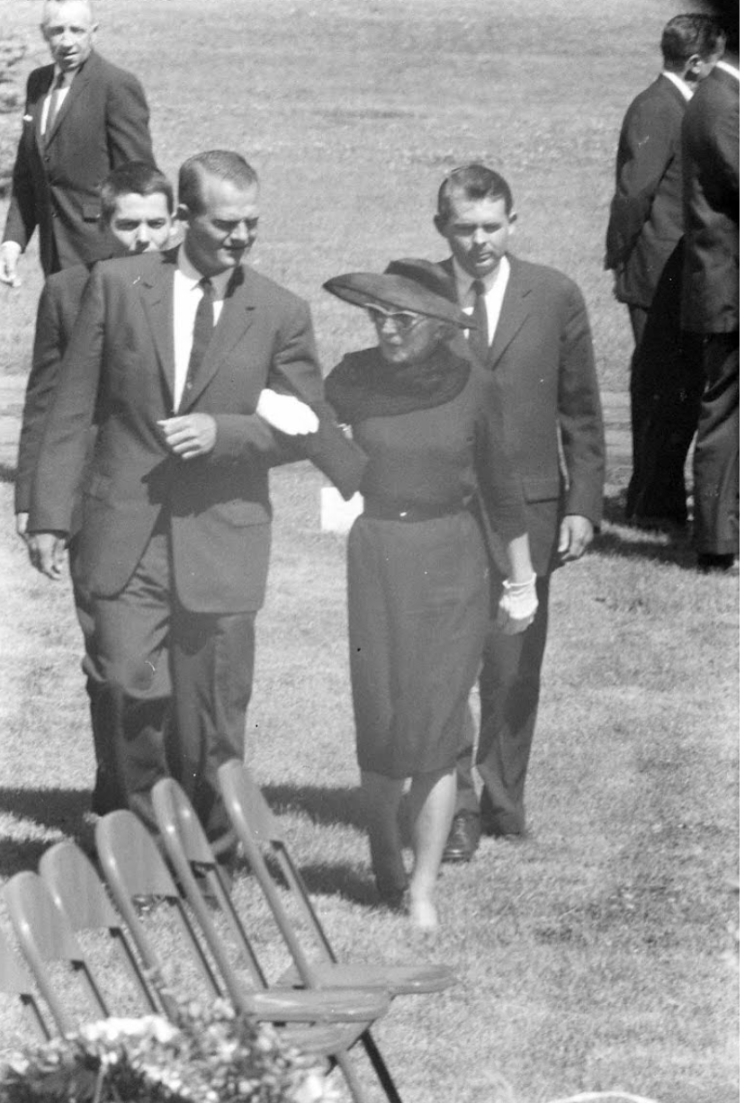
Mary Welsh Hemingway walks towards the husband’s coffin.
FBI and the Death of Ernest Hemingway
The whole sequence of events and actions of doctors in Ketchum, wife Mary, psychiatrists in New York, and the Mayo Clinic in Rochester convinces us that none of them wanted to treat the patient’s condition comprehensively systematically. Neither Mary nor any of Hemingway’s friends, nor doctors tried to hear the writer. Yes, it wasn’t easy to make an accurate diagnosis. But we now have evidence that the FBI directly or indirectly influenced the doctors’ conclusions.
FBI management revealed an archive file of Ernest Hemingway 20 years after the death. It turned out that agents followed the writer since 1942.
John Edgar Hoover, who directed the FBI for 50 years, received confidential and secret messages about Hemingway’s activities and his entourage.
The FBI file contains details about the writer’s treatment at the Mayo Clinic in 1961 in Rochester. The agent reported to his superiors that Hemingway was at the medical center under George Savior. The report notes that the writer is being treated with an electric shock. We may assume that one of Hemingway’s doctors was an informants and, possibly, an FBI agent. The treatment methods and the burden on the patient were known to the experts of the special service. They could not help but understand that Hemingway’s health is under great threat.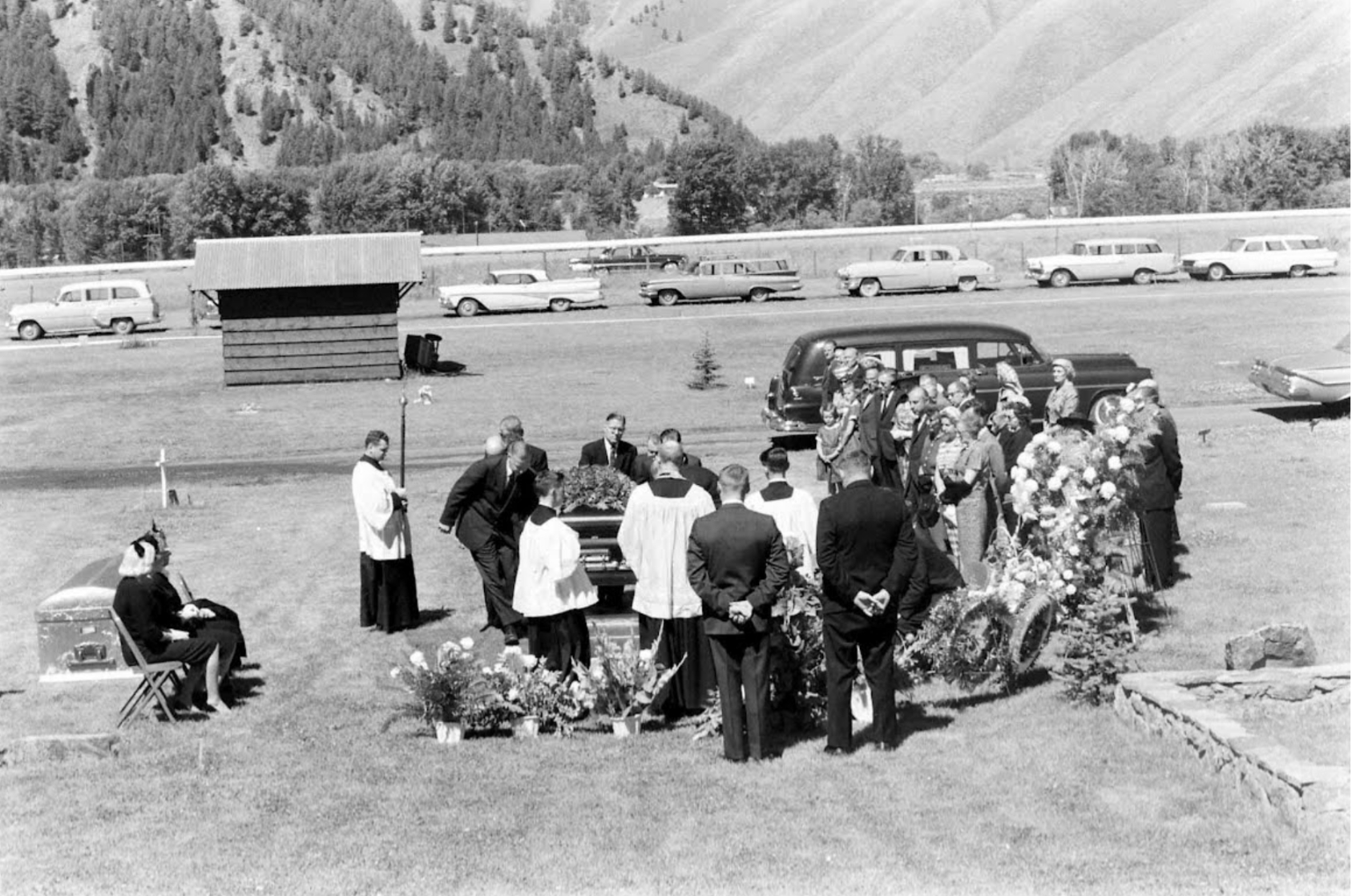
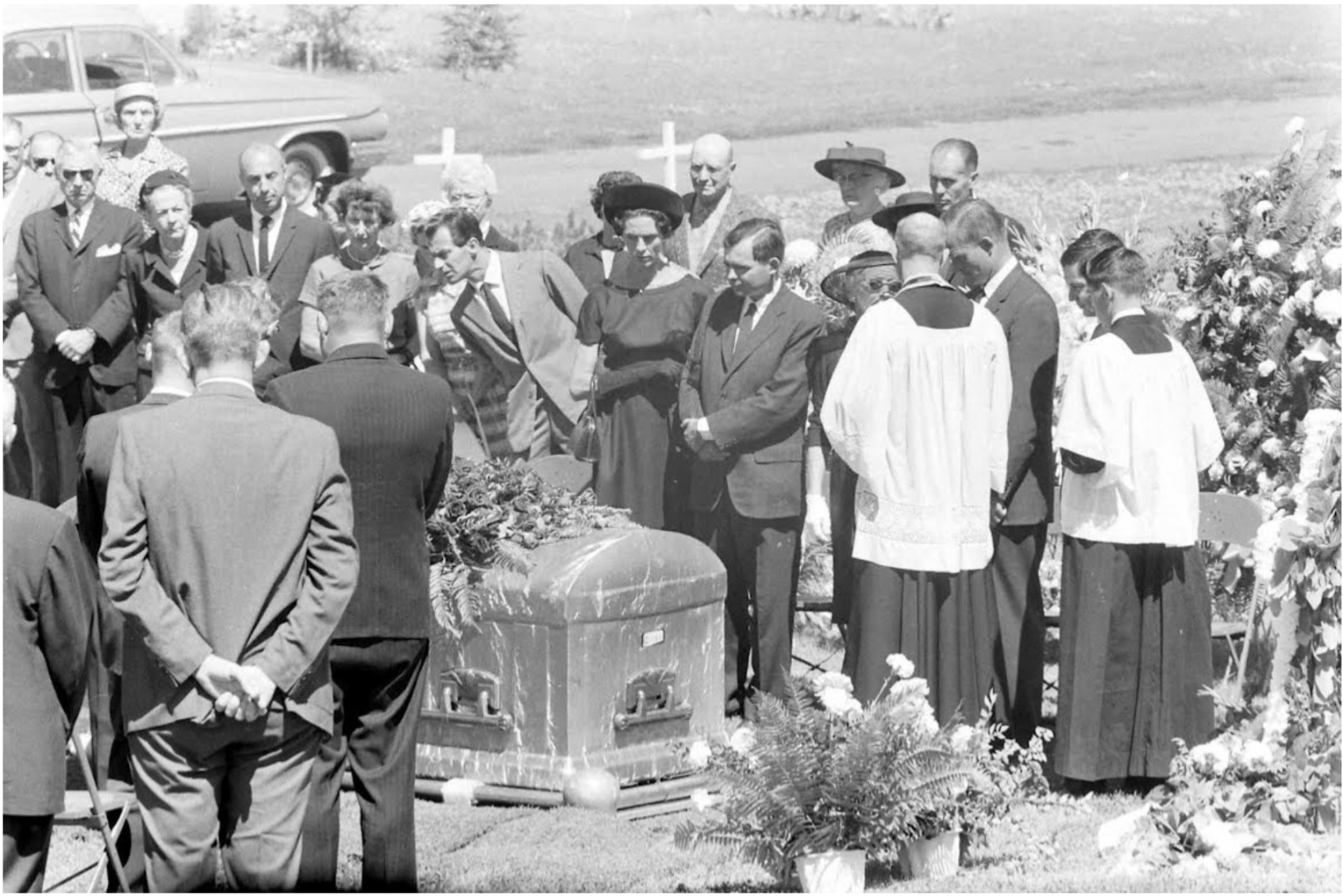
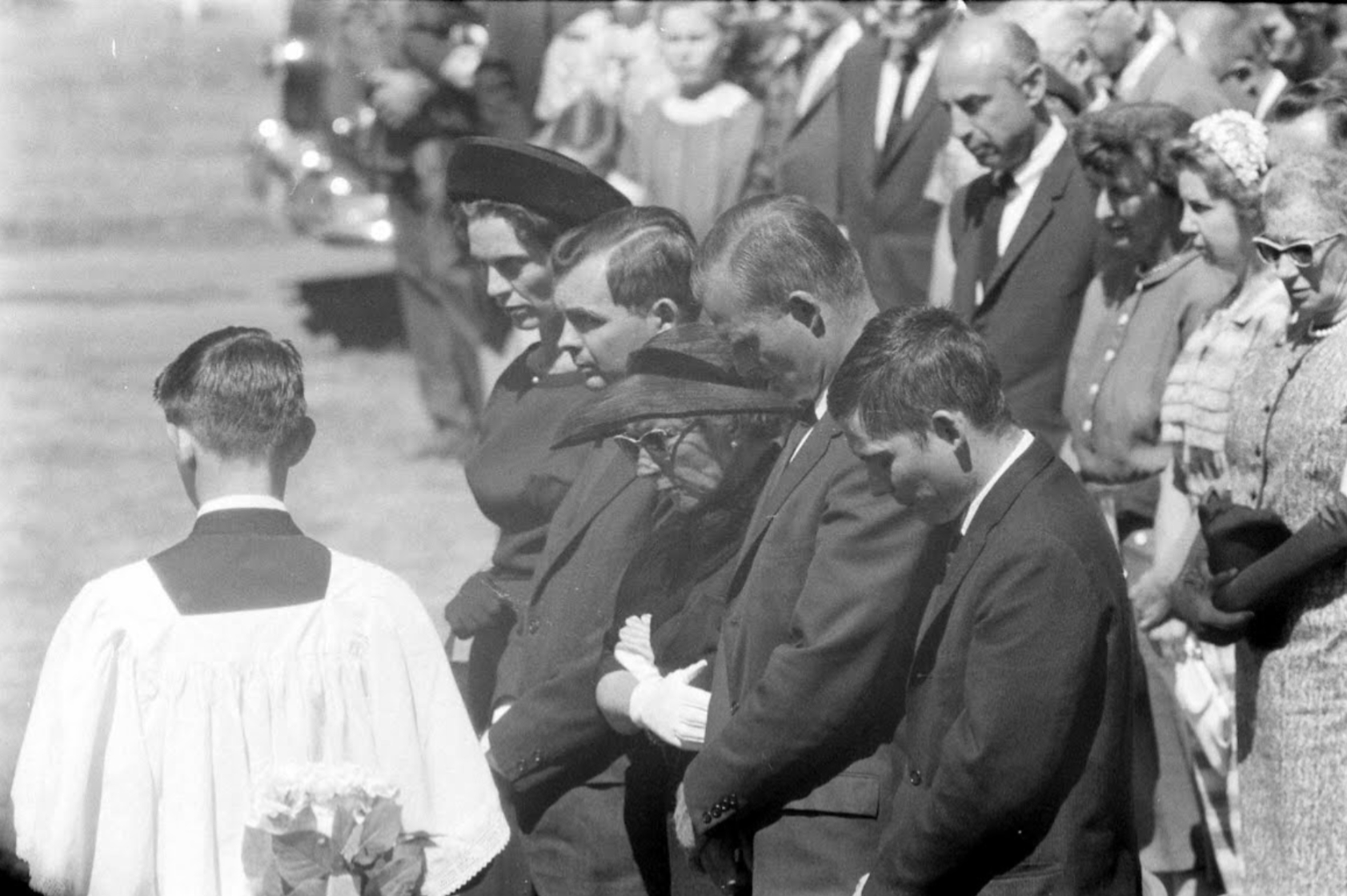
Ernest Hemingway’s sons at father’s funeral
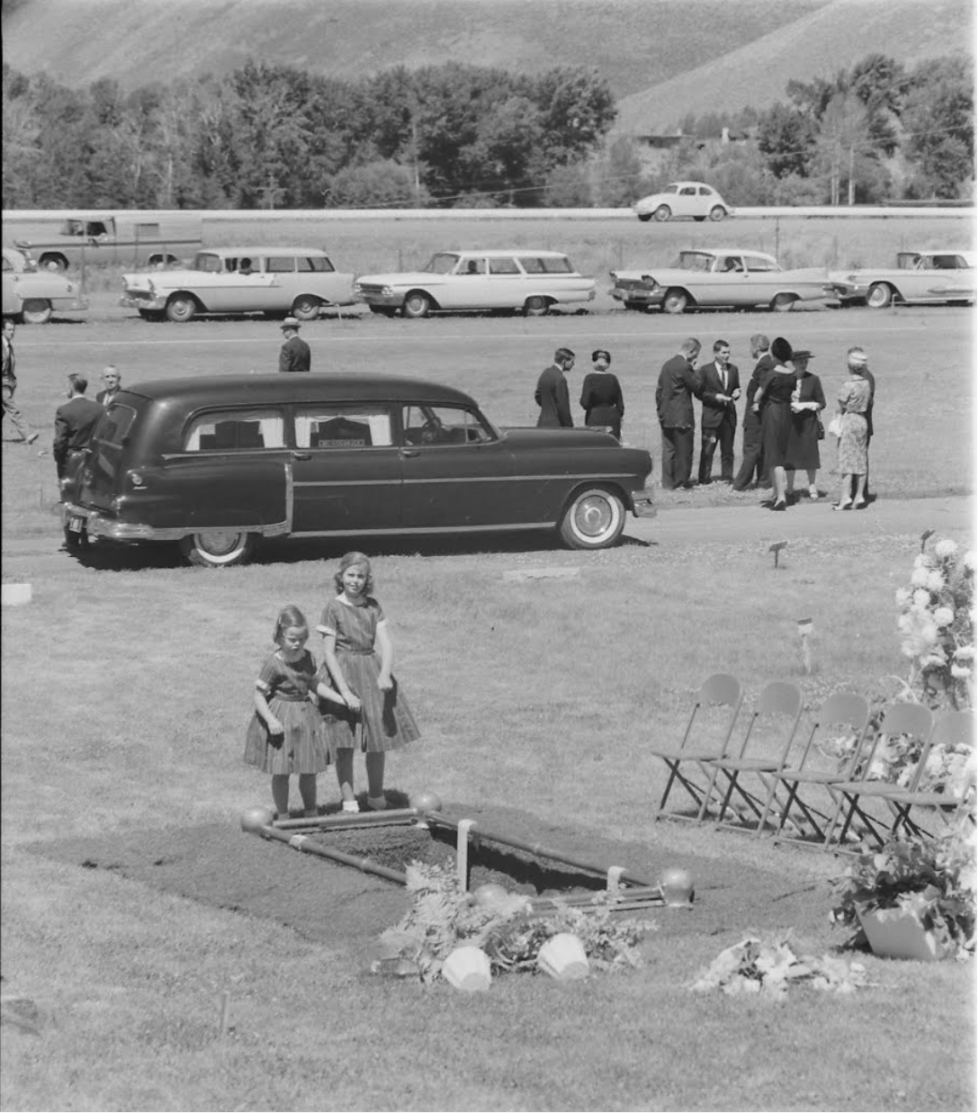
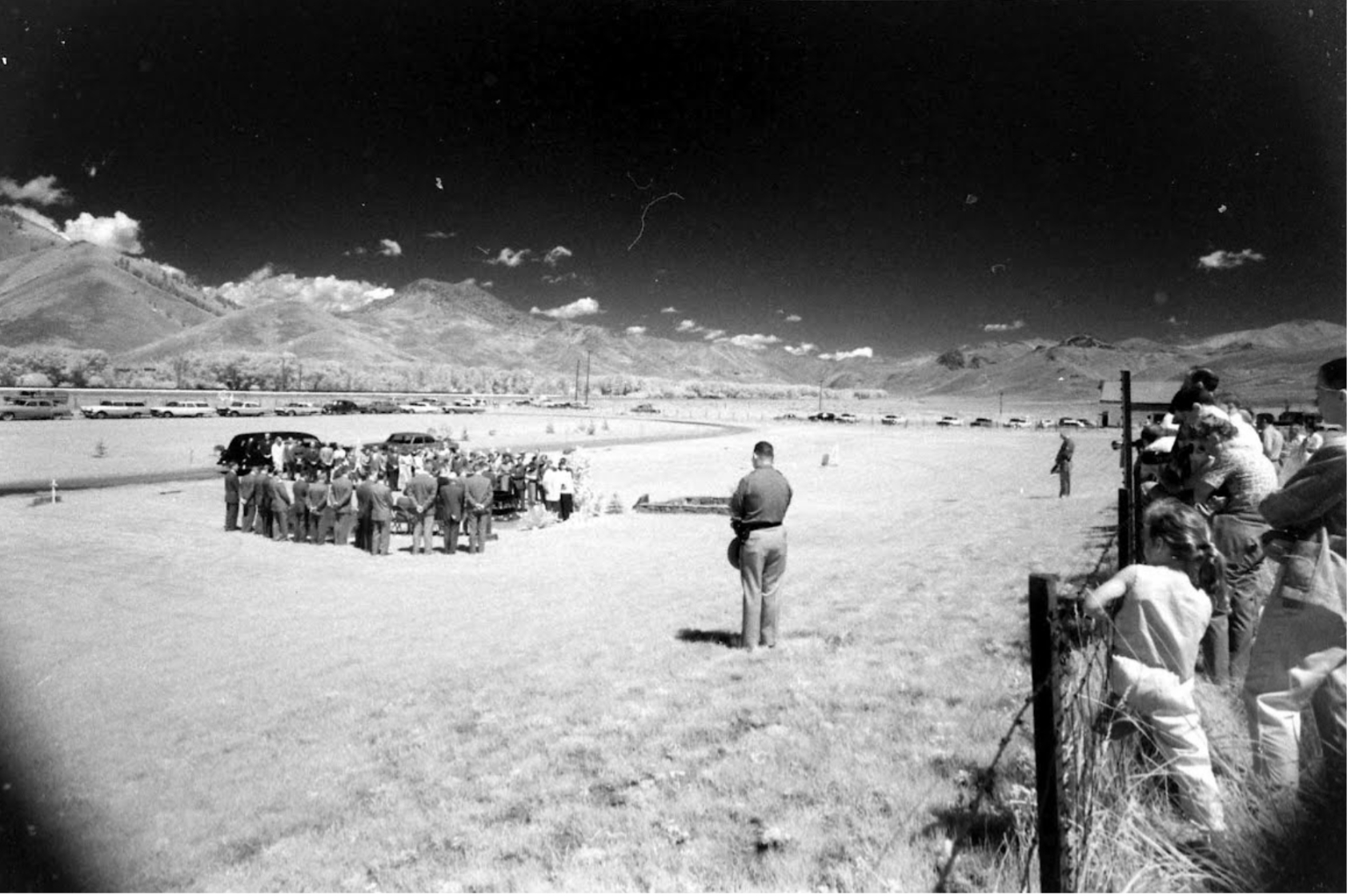
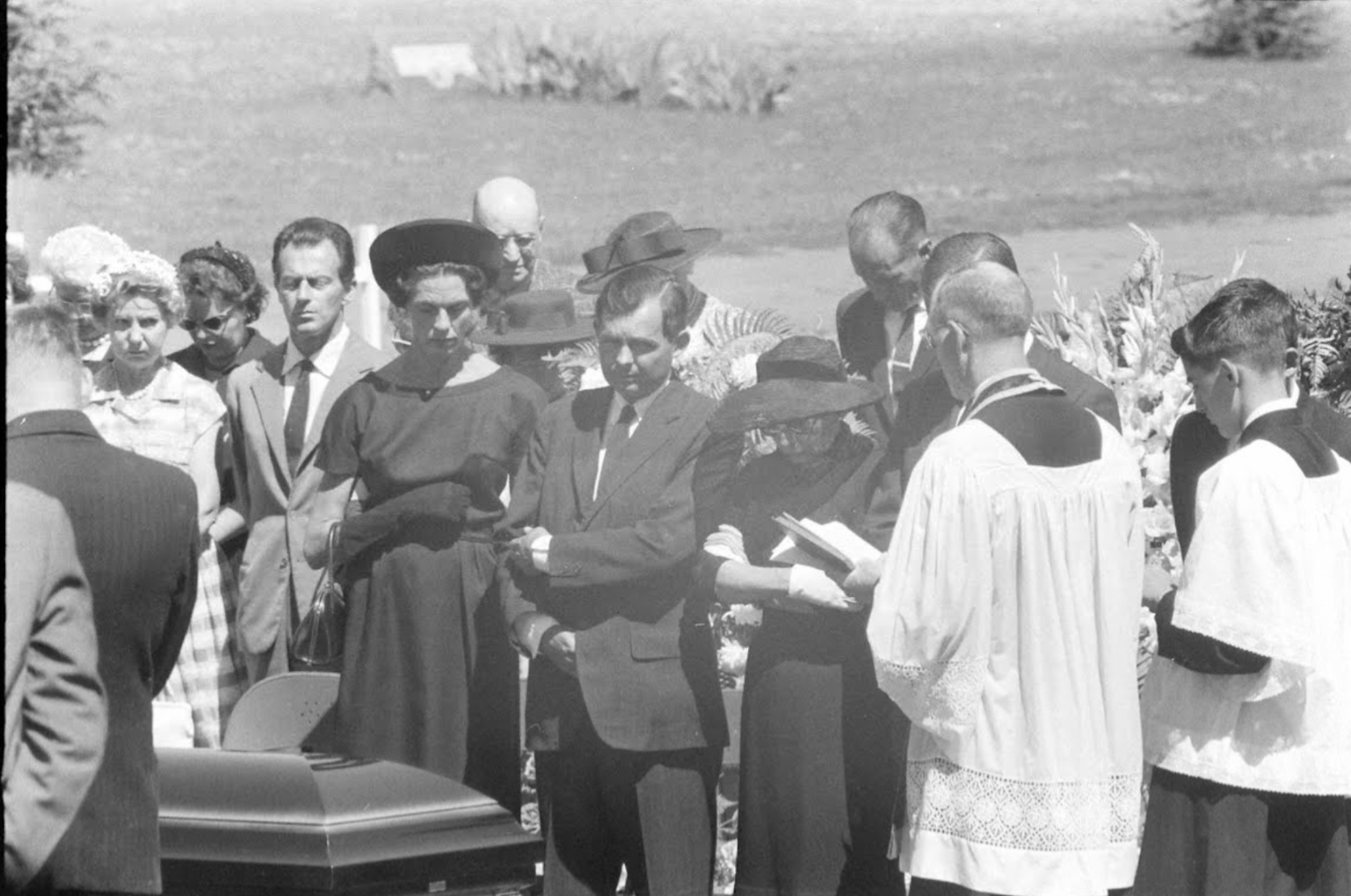
Photographer wasn’t allowed to come any closer
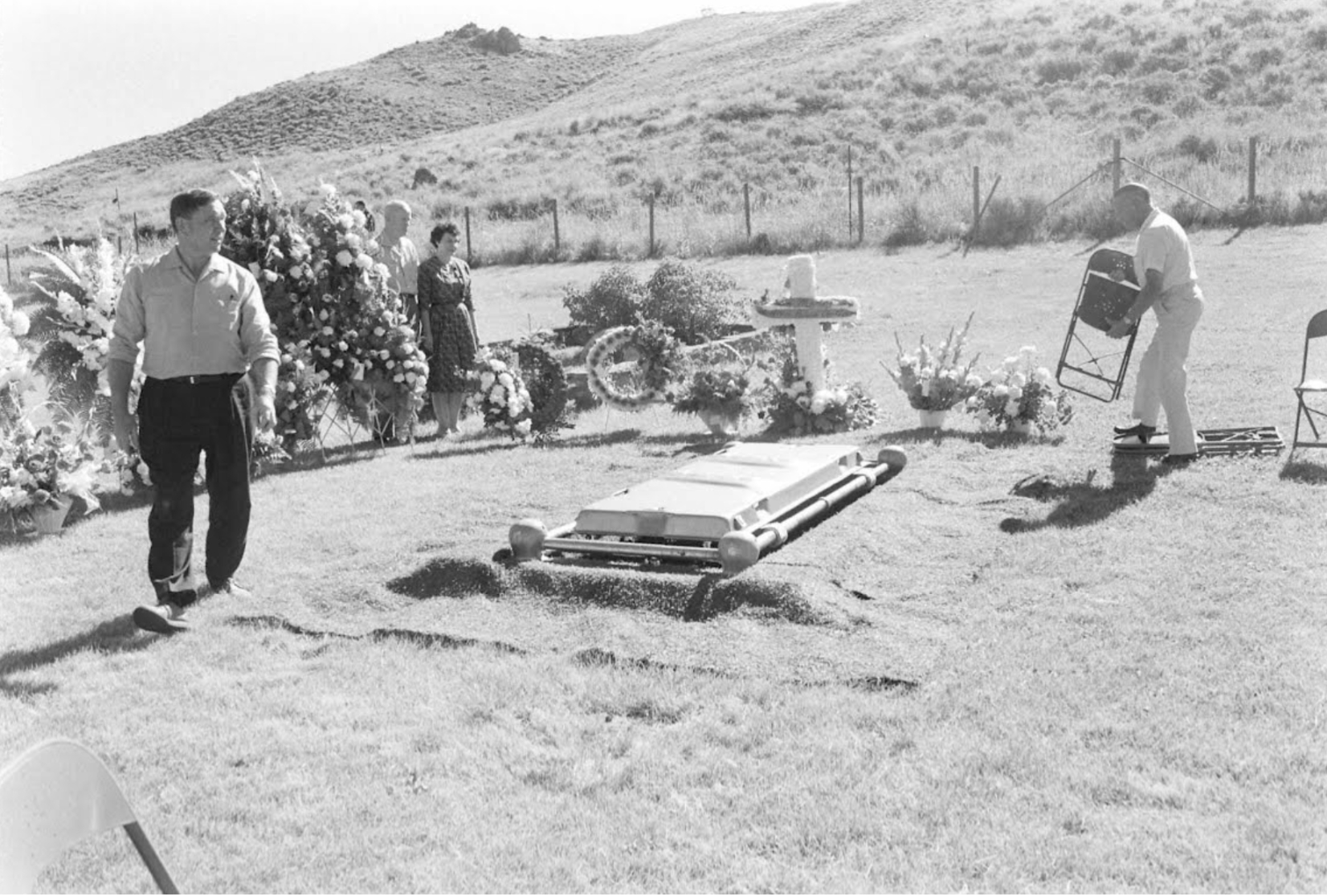
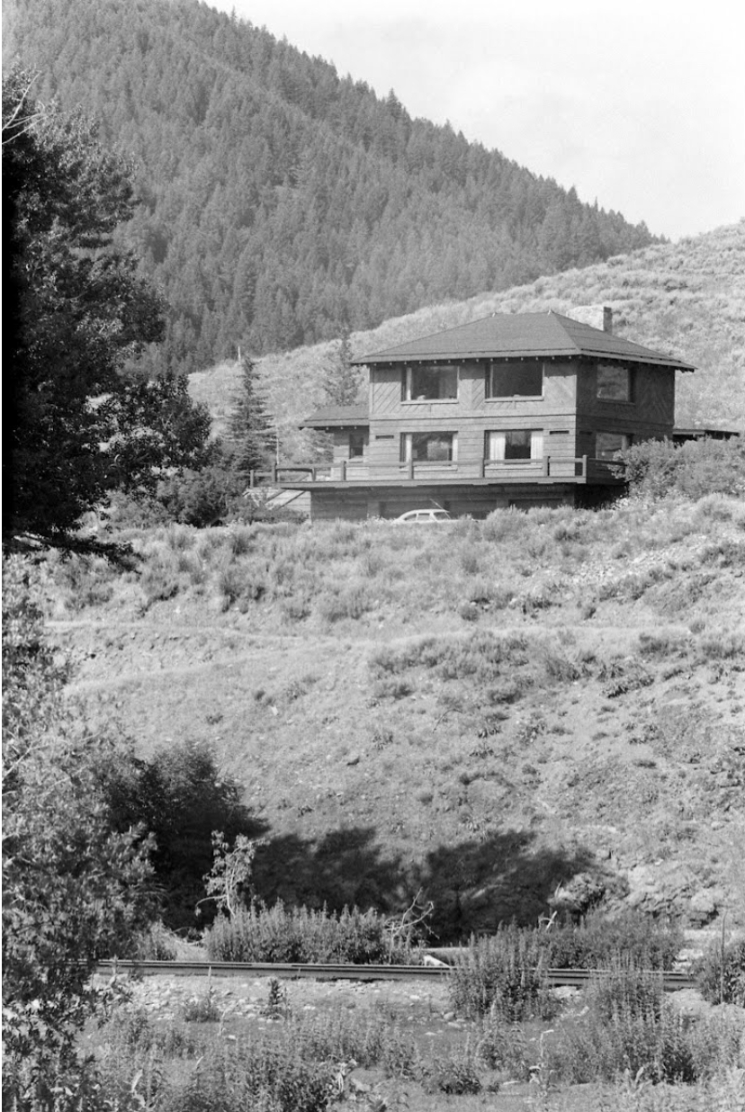
Hemingway’s house in Idaho
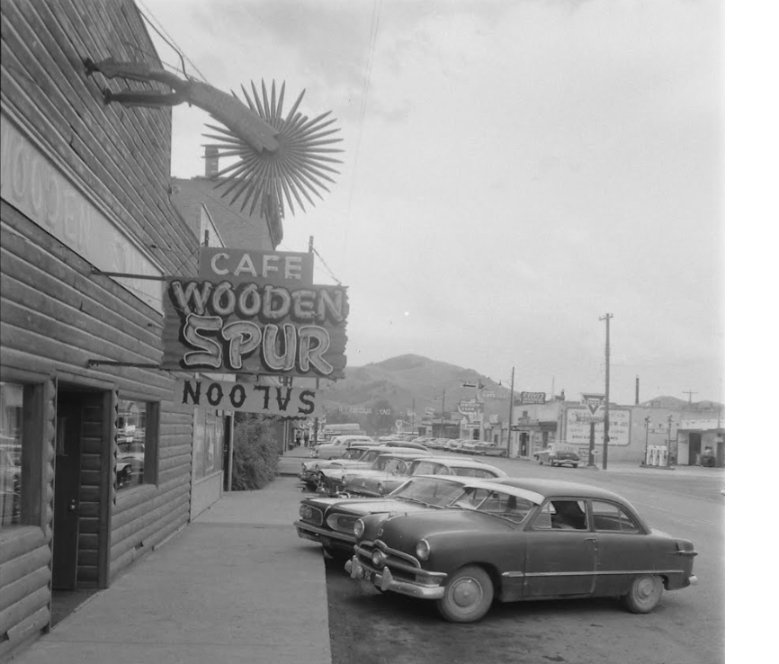
A restaurant where guests spent some time after the funeral of Ernest Hemingway
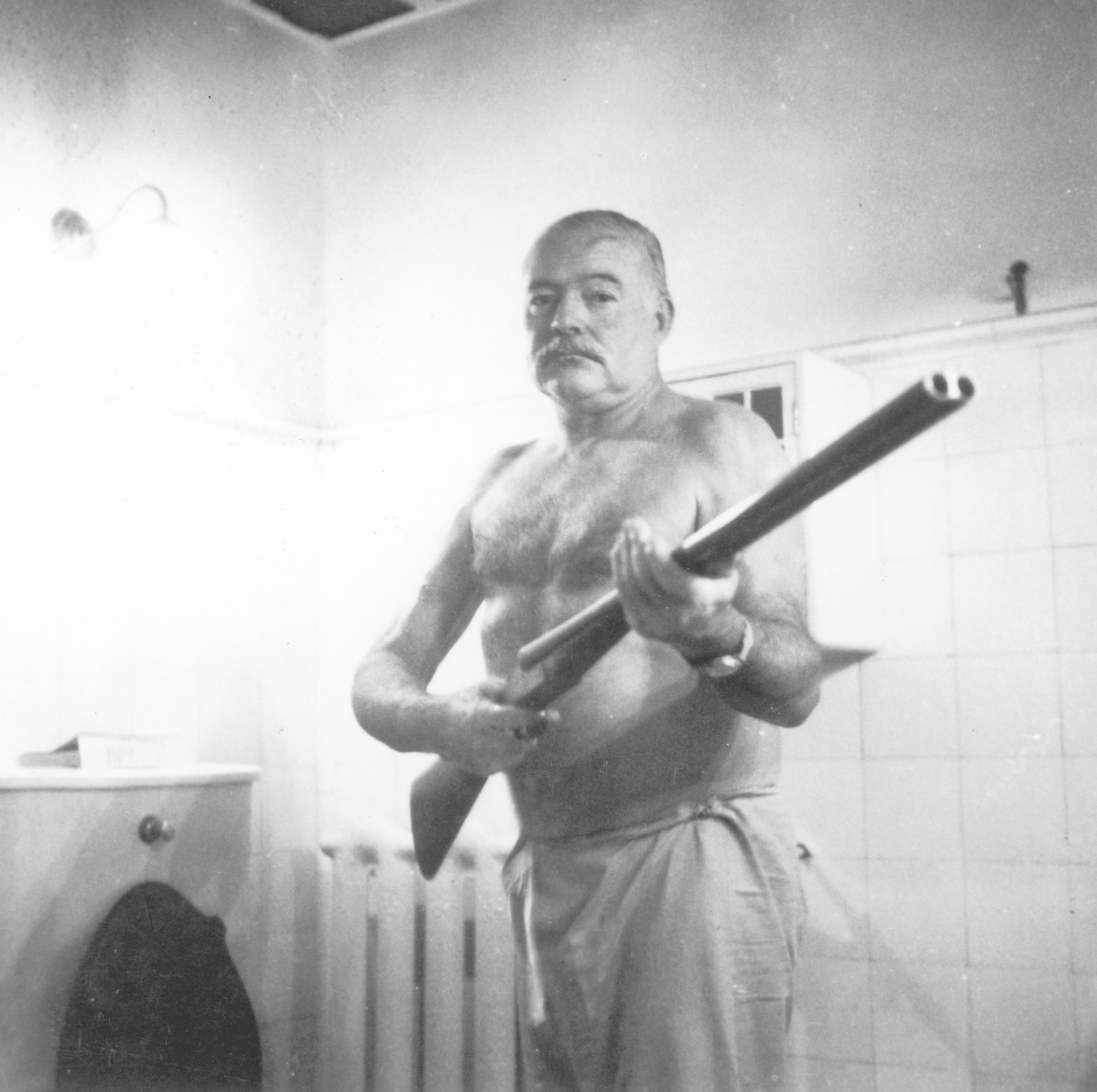
Hemingway with that gun
Wabbswabbwerfrctooo.